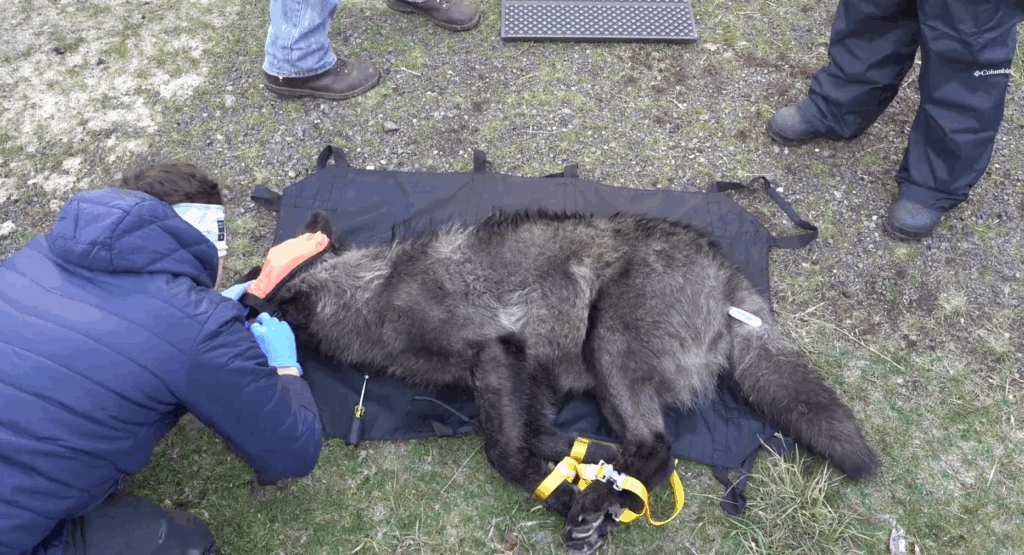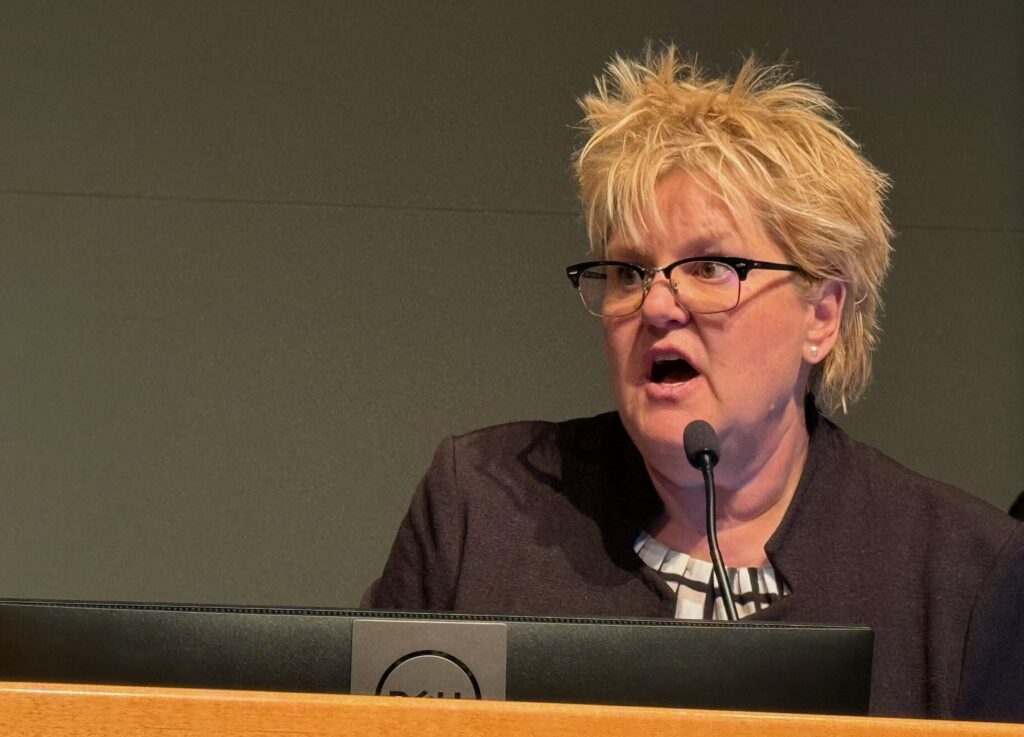YESTERYEAR: Arapahoe County gets tempted by the convenience of the old ‘environmental infraction;’ GOP chair battle continues and more
Thirty Years Ago This Week in The Colorado Statesman … Arapahoe County and the City of Aurora were witnessing a dramatic increase in trash production within their jurisdictions, generated by their accumulating residents thanks to the large population boom. Meanwhile, land developers were seeking to eliminate the biggest resource for trash disposal, the Denver-Arapahoe disposal site at the Lowry Landfill, to make way for further development – and they set their sights on lobbying the Colorado Department of Health – heavily. Sounds like a clash waiting to happen, right?
When the landfill began operation, it was surrounded by prairie land that had little economic value, ostensibly in the middle of nowhere off Gun Club Road (who would have known today). But in 1987, developers had surrounded the site and planned to force closure of the dump by 1990, because it would be a detriment to future suburban homes, they said.
Aurora had been studying trash handling alternatives, said Carol MacLennan, Waste to Energy Project Coordinator for the city. “This is a land use issue,” he said. “These groups worry that the geography of the dumping site may not be right for further dumping. Lowry is no longer out in a prairie, but in 20 years will be in the center of an urban area.”
But trash haulers and urban planners questioned whether it was wise to have common trash trucked many miles from their suburban holding sites. And that is just what developers’ plans would have them do, moving dumps further from homes, driving up disposal costs and keeping profits high for developers – and trash haulers themselves – according to some claims.
The landfill was originally granted its operating permit for the Gun Club Road site in 1964, with no conditions attached. But developers said that the smell had reached noxious levels. Larry Vana, an attorney with Arapahoe County, said developers got the land cheap because of its location and wanted to turn a tidy profit by putting pressure on the Colorado Department of Health to close the dump for violations.
The then-new E-470 highway corridor posed another threat to the Lowry site. Land around a major arterial always increases in value, Vana said. Such increased value would put external – and internal – pressures on the health departments to find environmental infractions, forcing closure of the dump, particularly in lieu of increased tax income from potentially far more profitable properties.
“There are a lot of lawyers out there,” Vana said, “and they have a lot of cases for a legitimate theory of recovery.”
… Twenty Years Ago … As if charges of blackmail and perjury weren’t enough, the battle for Colorado Republican chairman between Sam Zakhem and Steve Curtis had reached a new high (or low, depending on your seating). The race had devolved into a clash of wills over the divisive pro-life and pro-choice factions under the Republican Party’s “big tent.”
Both candidates placed themselves in moral and religious opposition to abortion. Curtis described himself as pro-life but he said he didn’t believe that legislation would stop abortions. Zakhem, who once sponsored a bill to curb abortion, believed it was a “personal moral decision” and that morality cannot be legislated.
Speaking to The Colorado Statesman, Curtis complained that his opponent labeled him “religious right” and privately pressured him to drop out of the race. Zakhem responded by saying that he resented being called a “liar” in a public forum by Curtis. Zakhem had attacked his opponent the week prior for discrepancies in his voting affiliation.
Curtis was supported by a slate of bonus members from conservative El Paso County, who signed a pledge to honor the 1996 national GOP platform and socially conservative values. Curtis was actively stumping for support from Boulder, Denver, Adams and Larimer counties.
“Abortion is a litmus test, no doubt about it,” Curtis said. “The left wing of our party is every bit as rabid about it as the right wing. Most times the pro-lifers are actually nicer than the pro-choices. Most times I find pro-lifers more tolerant.”
Zakhem said, “I think the Republican Party has to appeal to all faiths, all religions, all ethnic origins and genders.” Zakhem was counting on support from old political alliances and moderate Republicans, particularly in Arapahoe and Jefferson Counties. “We are a party. We are not a pressure group. There is a big difference … the Republican Party is not just made up of Christians and pro-lifers.”
Curtis said pro-life Republicans had been shunned by current and past GOP leadership, which he promised to change.
“It has become very commonplace in the Republican Party to ridicule pro-lifers; to call them zealots, nuts, wackos and lunatics simply because they believe in the sanctity of life and they don’t believe in abortion,” Curtis said.
“Some people (in El Paso County) are going with the person who talks the talk. But you need to walk the walk,” said Zakhem, referring to Curtis’ character and his previous divorce. “Republicans should know the background of the person who is going to be speaking for them on the state and national level … but down in Colorado Springs, God bless them, they’re not concerned about these secondary issues.”
… Ten Years Ago … On March 17, 2007, the U.S. Fish and Wildlife Service and its partners reintroduced wild bison to the Rocky Mountain Arsenal National Wildlife Refuge, located in Commerce City. The reintroduction marked the 104th birthday of the National Wildlife Refuge System, America’s premier network of lands and waters managed for fish and wildlife conservation.
Sixteen bison from the National Bison Range in Montana were released at the Refuge to establish a pilot herd on a pasture in the northwestern portion of the site. The herd’s location on refuge land enabled Fish and Wildlife to monitor and evaluate the effects bison have on native short grass prairie ecology and to determine the role of bison in the management of the site.
“Bison are one of our nation’s most storied animals,” said Mitch King, the U.S. Fish and Wildlife Service’s Mountain-Prairie Region director. “The return of bison to the Rocky Mountain Arsenal National Wildlife Refuge signals remarkable progress both in the transformation of this site and in the conservation of American bison.”
The pasture was once a part of the Rocky Mountain Arsenal and the U.S. Army along with the assistance of Shell Oil Co., successfully managed the remaining cleanup of the site before releasing the critters. In 2007 more than 12,000 acres (two-thirds of the site) had been certified by the Environmental Protection Agency as clean.
“We are pleased that the success of the Rocky Mountain Arsenal cleanup has enable the American Bison to return to its native home,” said Charlie Scharmann, the U.S. Army program manager for the Rocky Mountain Arsenal. “To see wild bison roaming on this land is truly remarkable and we are proud to have played a role in this historic conservation effort.”











